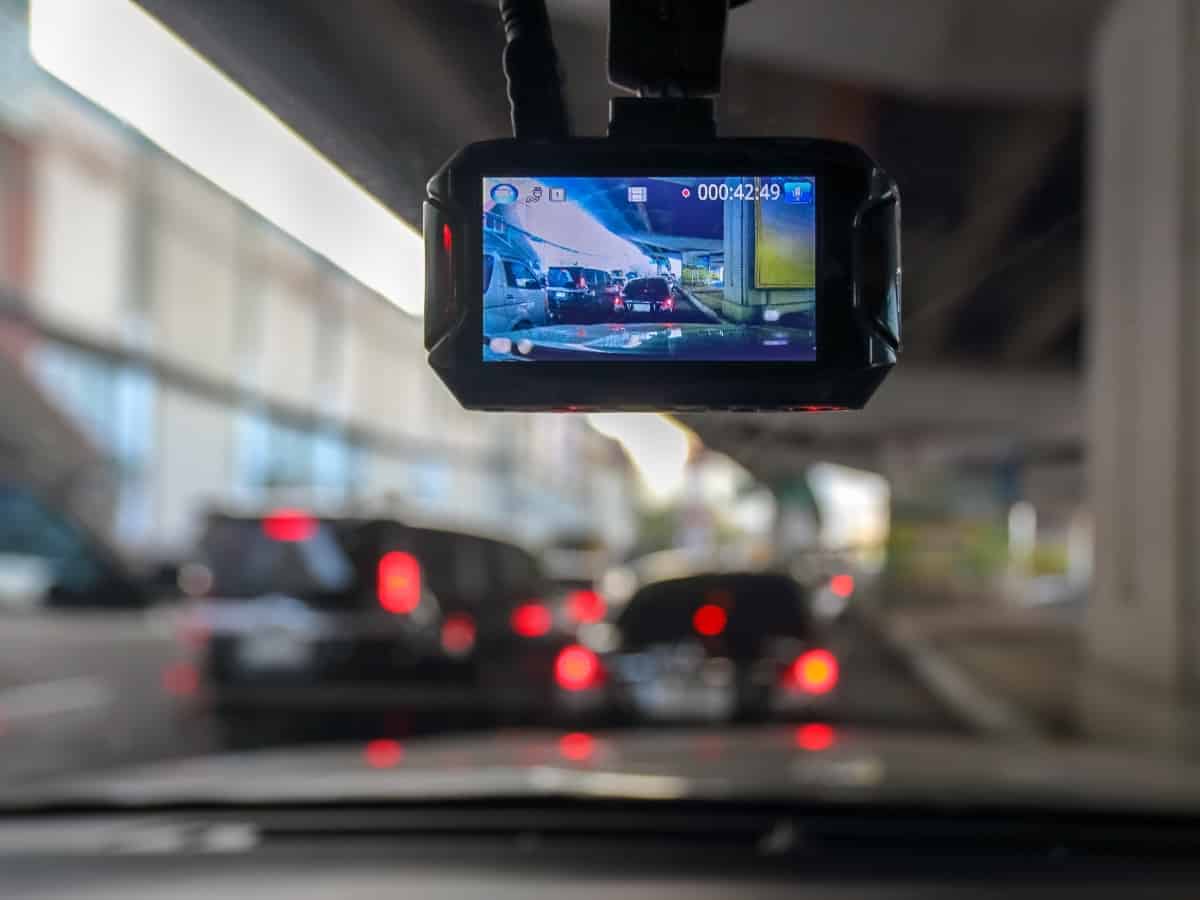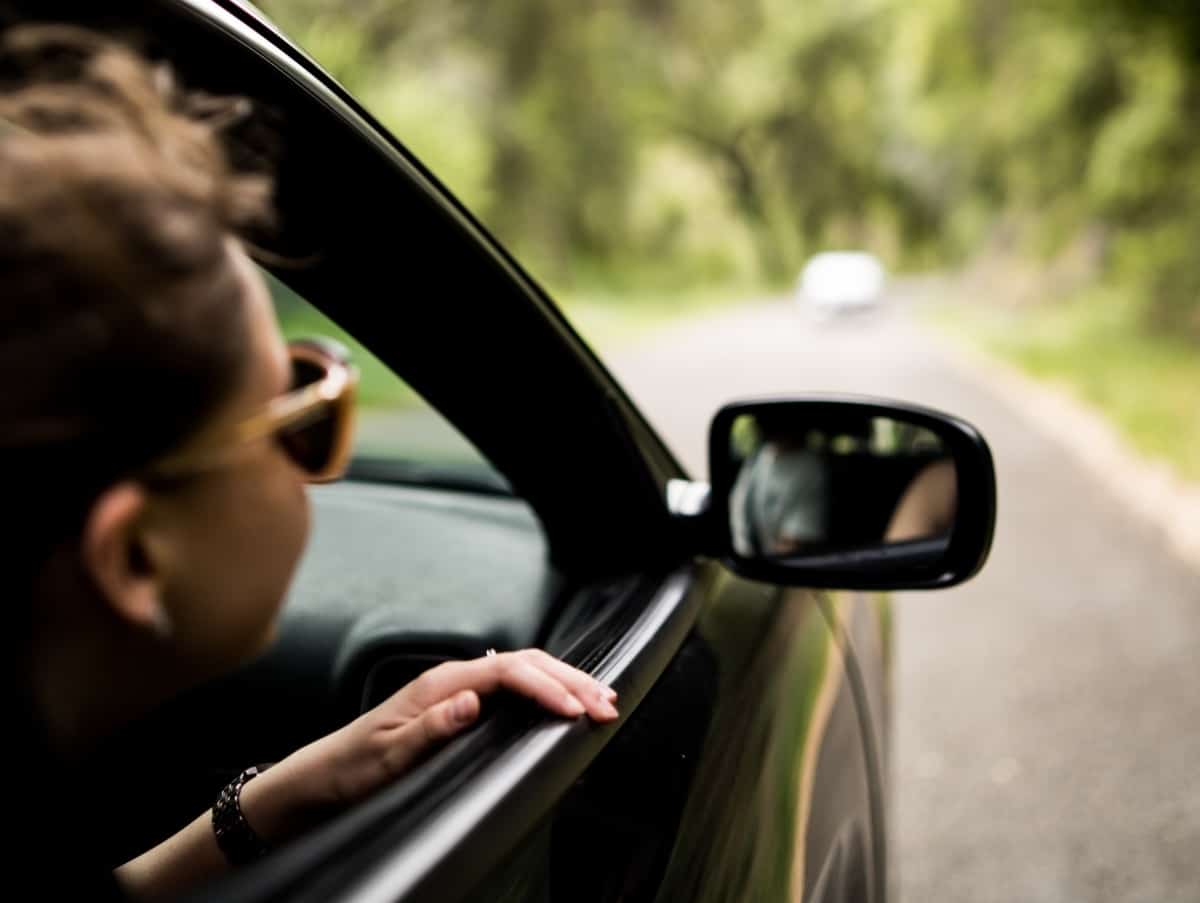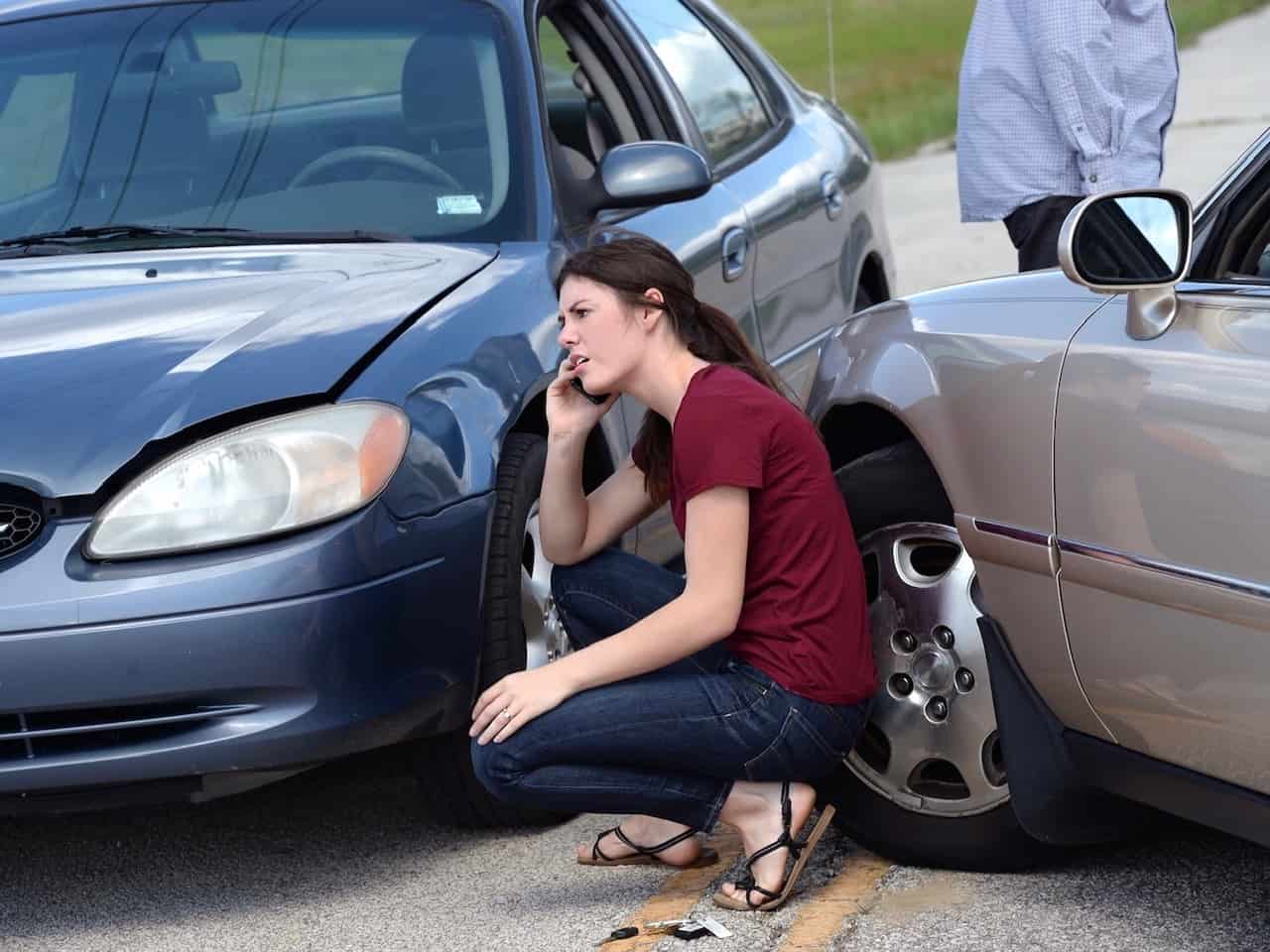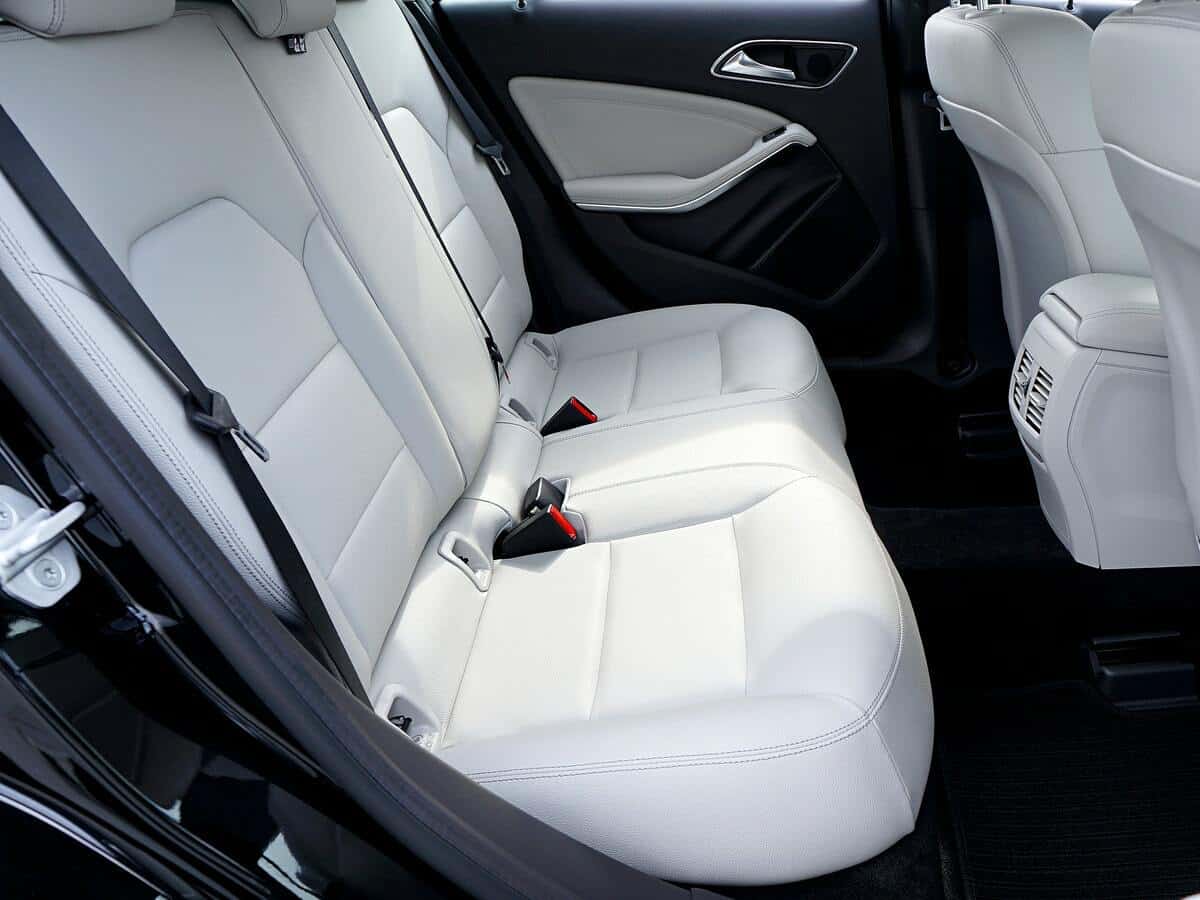Do you work for a ridesharing company like Lyft and Uber? Then you are aware that your personal auto insurance policy does not apply to business use of the car. That means to ensure you are adequately covered, you will need to get rideshare insurance. But what does rideshare insurance cover, or what is it about? Let us take a closer look at what you need to know about this policy.
What Is Rideshare Insurance?
Rideshare insurance is a type of insurance policy designed for people that work for ridesharing companies. Once you turn on the ridesharing app and are ready to accept passengers, your car is no longer for personal use. So that means your personal car insurance policy no longer provides you with coverage. However, what does rideshare insurance cover? Let’s get into the reasons you need to have rideshare insurance in the first place.
Since you are using the car for business purposes, then it makes sense to get a commercial auto insurance policy. The only challenge is that it is not cheap. It might actually be a bit tricky for Lyft or Uber drivers to afford it and still make a profit.
Rideshare companies offer insurance coverage. However, that coverage only applies when you are en route to pick up a passenger or are transporting one. So what happens during that period when you are at work but do not have customers? You are left exposed to risks without coverage. This is where rideshare insurance comes in to offer you adequate protection.

Who Needs Rideshare Insurance?
If your job involves driving passengers for cash, then it is wise to consider rideshare insurance. Often, most drivers will ask what the point of rideshare insurance is. After all, if one is already covered by the ridesharing companies’ policy, then they are good to go. But you need to know there are periods when you are left without coverage.
The coverage you get from a ridesharing company’s policy may only apply when you are en route to pick up a customer and when the customer is in the car. So what does rideshare insurance cover? The policy comes into play during those periods when you are available to pick up customers but are yet to get a ride request.
Insurance companies will often divide rideshare insurance into the following phases.
-
Offline
Here, you have yet to log in to the rideshare driver’s app, so you are using the vehicle for personal use. That means you are not covered by the ridesharing company’s commercial auto insurance coverage policy. Instead, offline driving means you are covered by your standard personal auto insurance policy.
-
Period One
You have logged in to the driver’s app and are ready to receive customers. However, you are yet to get any, which makes you ineligible for the coverage provided by the company. But technically, you are at work. So that makes your personal insurance policy inactive, and this leaves you exposed to risks without coverage.
-
Period Two (En Route to Pick Up a Customer)
Once you accept a customer and start driving to go and pick them up, your commercial auto insurance kicks in. But while you are covered, most rideshare companies will only provide limited liability coverage for this period.
-
Period Three: (Ride Has Started)
Just like period two, you will be covered by commercial auto insurance once you pick up passengers and during the duration of that ride. But once you drop off passengers, you go back to period 1, where you neither qualify for personal auto insurance nor employer-provided coverage.

What Are the Common Costs of Rideshare Insurance?
It can be a bit tricky to determine the average cost of rideshare insurance. The cost will vary depending on the company and the state. In addition, insurance companies factor in things like claims history, driving history, your car’s age, and geographical location when deciding premium rates.
Besides that, getting a standalone insurance policy is likely to be more costly than simply adding a rideshare add-on to the policy you already have. But that said, in most cases, it will cost you less than $30 a month. Some companies charge as low as $6 per month. The important thing to remember is that rideshare insurance is much more affordable than commercial auto insurance.
Types of Rideshare insurance Policies
What does rideshare insurance cover? To answer this question, you have to know which options you have. Here they are:
-
Additional Protection
This type of policy covers the gaps left by your personal insurance policy and employer-provided policy. So, when you are on shift but are yet to receive customers, additional protection will cover you should you get into an accident.
-
Personal Insurance Coverage Extension
This type of coverage is an extension of your personal auto insurance coverage. It protects you when you are on shift but are not covered by your employer’s insurance. However, it only extends to what you already have. That means if you haven’t purchased collision or comprehensive coverage on your personal policy, then do not expect to have collision or comprehensive coverage when you are on shift.
-
Hybrid Insurance Package
Hybrid insurance coverage combines your rideshare and personal policies under one premium. That means you are basically covered all the time, whether you are driving for pleasure or just for business.
How to Get Rideshare Insurance
To purchase rideshare insurance, you will need to approach your insurance company and check if they offer this coverage. Unfortunately, not all insurance companies provide this policy. And if your insurance provider is one of them, you have to look at other options. Start researching which companies offer rideshare coverage. You also need to know what to look for on auto insurance quotes. This ensures you end up with coverage that is both affordable and gives you adequate protection.

Common Rideshare Insurance Claims
An average driver is likely to get involved in one accident every six years. A rideshare driver is not immune to this. In fact, considering that you are using your vehicle for commercial purposes, the possibility of being involved in an accident is higher. When that happens, you will have to file an insurance claim. So, what are those common claims that a rideshare driver is likely to file? Here they are:
-
Accidents
As you are already aware, the major reason rideshare drivers make a claim is because of car accidents. From simple fender benders to major accidents, expenses related to car accidents are costly, especially if people have been injured.
Depending on the extent of the damage, you may require several types of auto insurance coverages to pay for those damages. For instance, in an at-fault accident, collision and liability coverage will pay for the resulting damages. This liability coverage will pay for injuries and damages to other people, while the collision will cover damages to your car.
-
Car Theft
Car thefts are pretty common. And if this happens to you, you will need comprehensive coverage in your auto insurance plan. A rideshare driver gets exposed to different areas, including places where security is poor, and the car can be stolen.
The good news is that installing anti-theft devices like GPS tracking systems and alarm systems can lower your insurance cost. Talk to your insurance provider and check if you qualify for any discounts.
-
Vandalism
Another common claim among rideshare drivers is vandalism. You just never know who is out there who can vandalize your vehicle. And just like theft, vandalism is also covered under comprehensive insurance. So you will want to ensure that you get this policy.
-
Windshield Damage
Windshield damage can happen whether you have parked your car under a tree or are driving on the highway. A rock or branch can simply knock down the glass, and it cracks. Since windshield damage is a common claim among rideshare drivers, you will need comprehensive coverage to help fix the crack or nick.
-
Weather
As a rideshare driver, you are also prone to weather-related damage. And since you will be facing weather-related risks all the time, comprehensive coverage can come in handy when you file a claim, saving you from those out-of-pocket expenses.

Do Insurance Companies Drop Customers if They Start Driving for Rideshare Companies?
There is a possibility of your insurance company dropping you if they find that you are driving an Uber or Lyft without informing them. That is because you are not just using the car for personal use but for commercial, as well.
But while some insurance providers will not drop you, they might refuse to cover you if you are involved in an accident while “at work”. They will argue that you were using the vehicle for commercial purposes, and so you needed a separate policy for that. If you want your current insurer to give you proper coverage, inform them that you are now a rideshare driver. That way, you can purchase a separate policy or add extra endorsements to your current policy.



